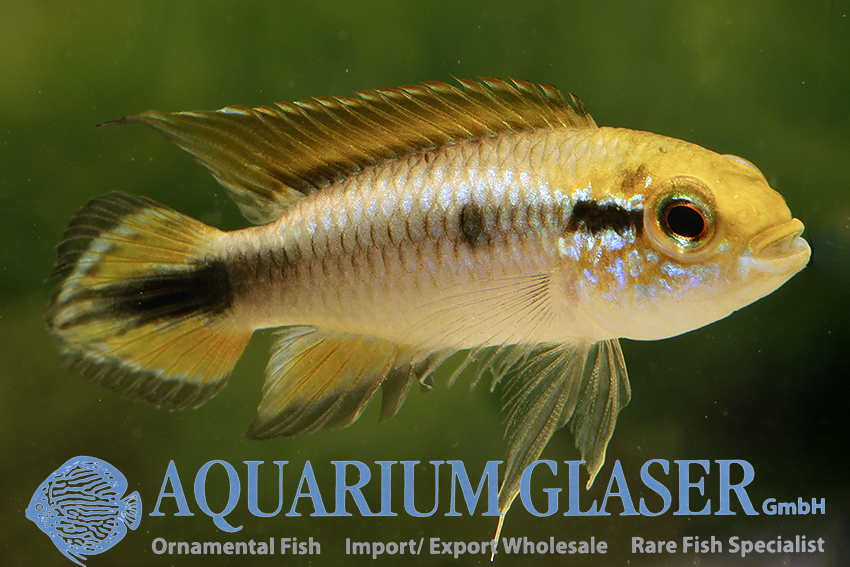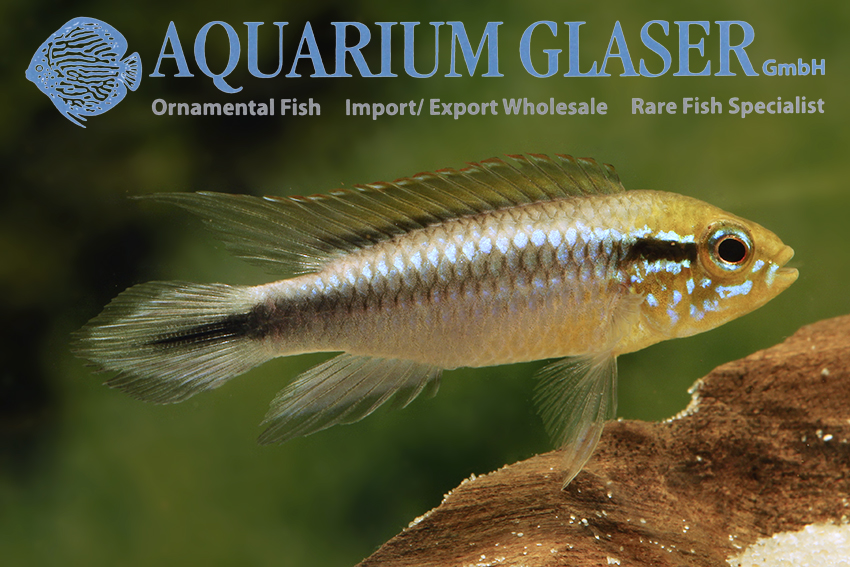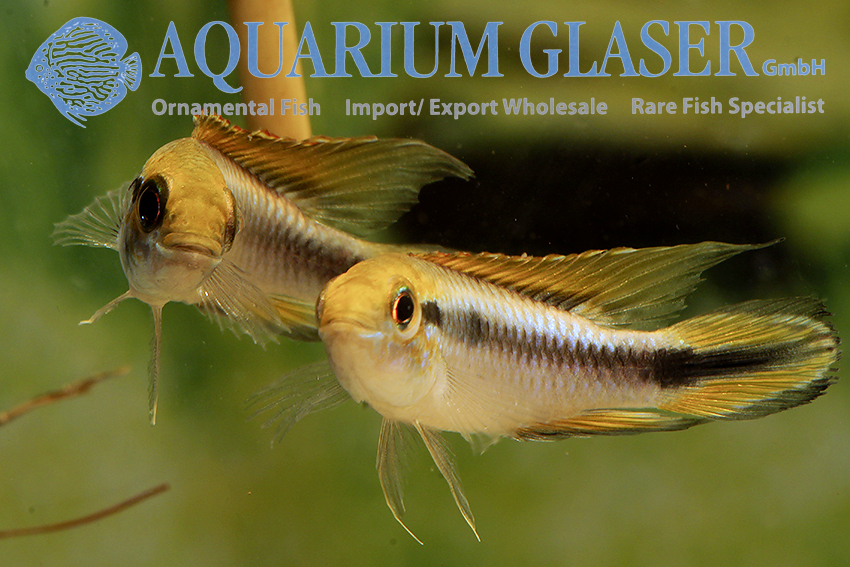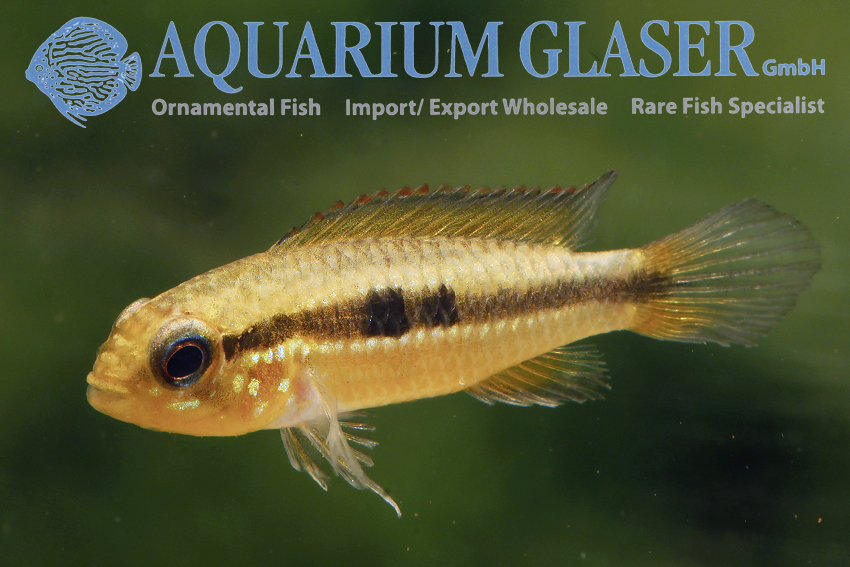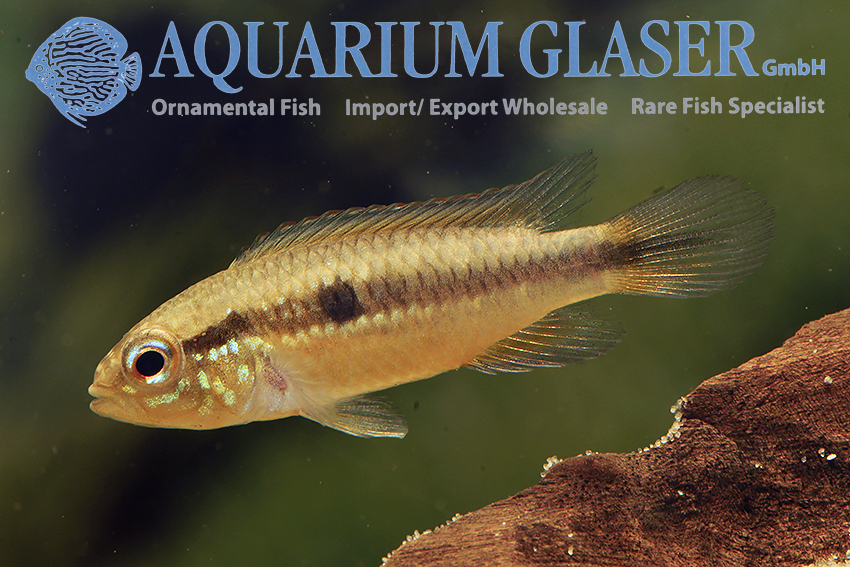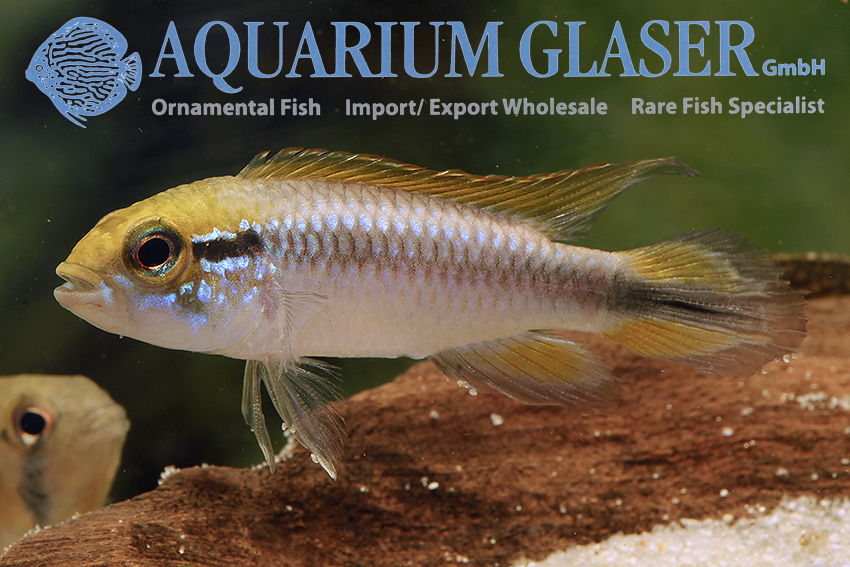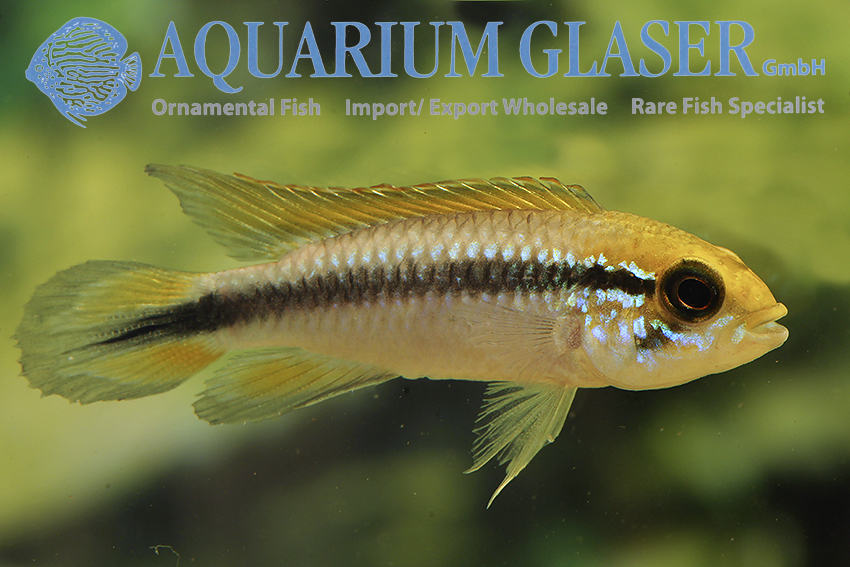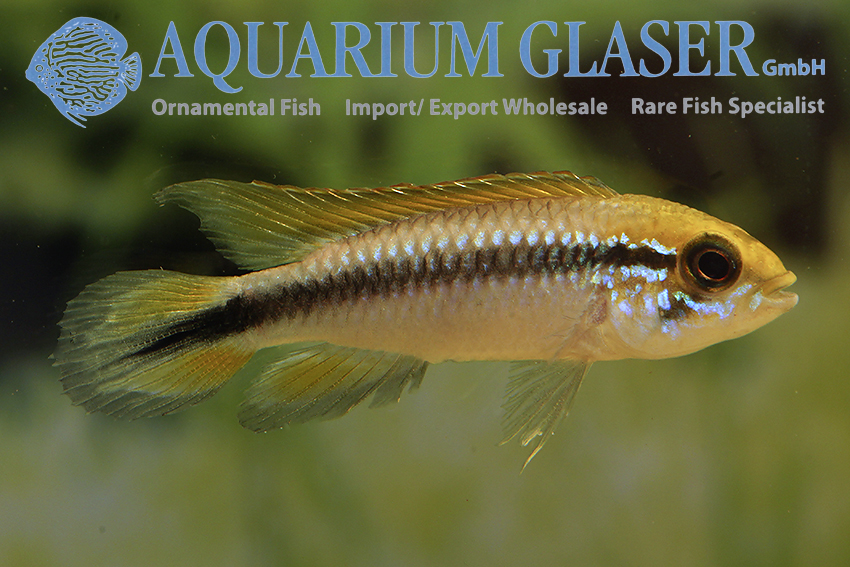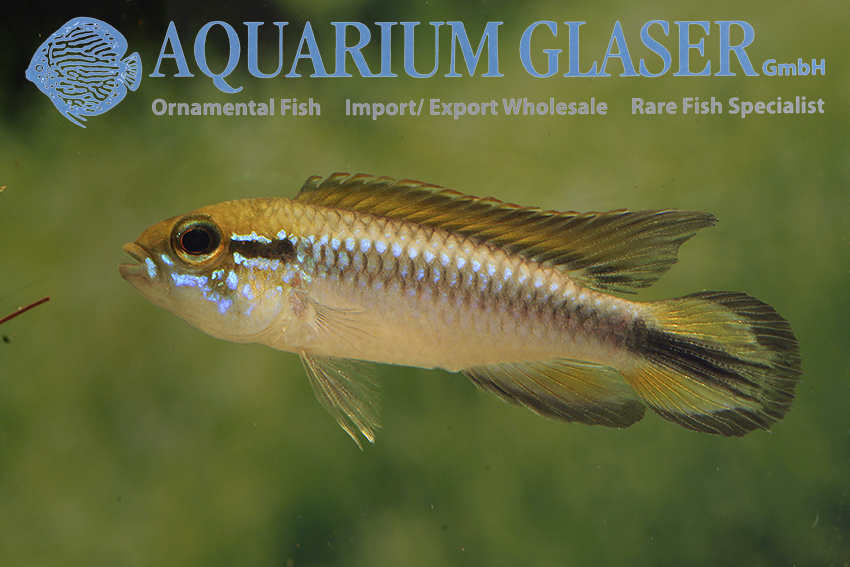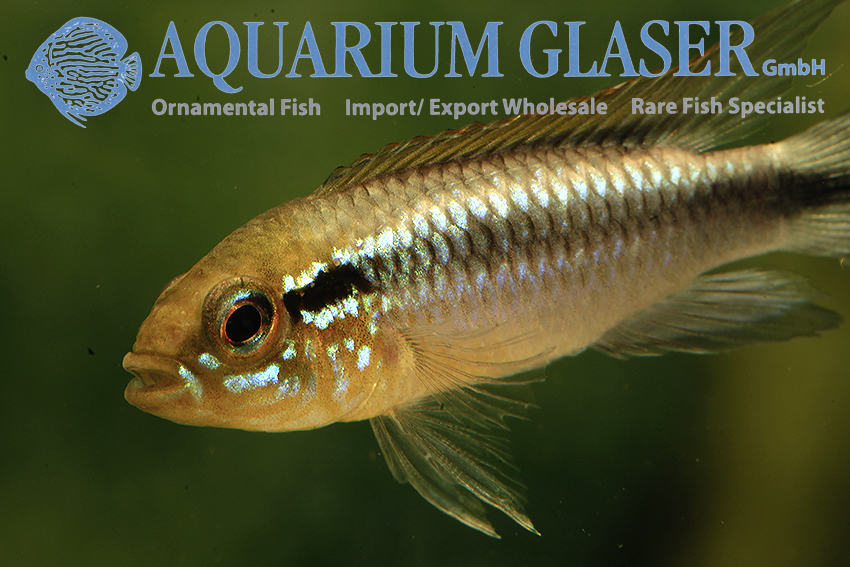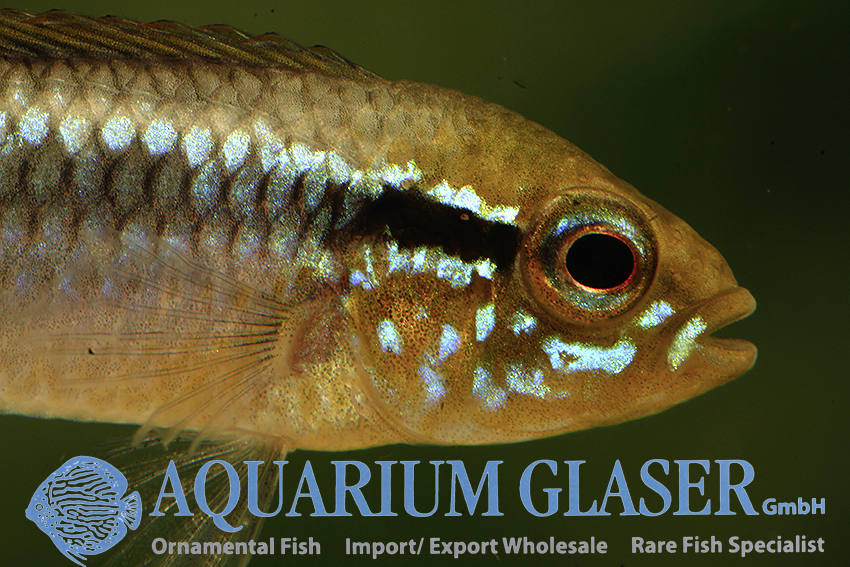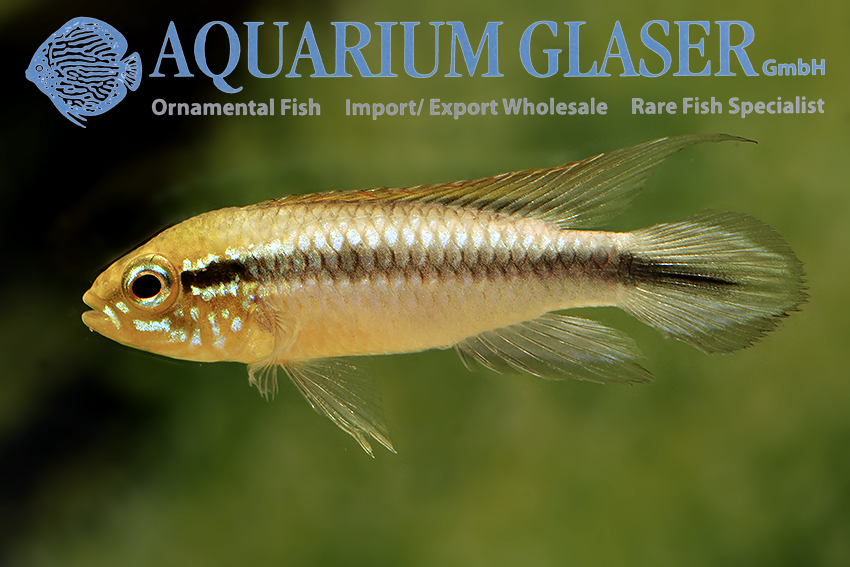The dwarf cichlid Apistogramma agassizii has a distribution area that extends through practically the entire Amazon. With many of its genus comrades it is completely different, they often occur only locally and form then also location variants. Agassiz’ dwarf cichlid has so far successfully resisted all attempts to divide it. It is true that some particularly striking colorings are known – for example the “Tefe” with its zigzag pattern or the red-backed “Santarem”. But it is shown again and again that even with these extremes only relatively few males correspond to the ideal picture and with a larger number of wild-caught there are always also normally colored males. And the females all look the same anyway….
The matter does not get easier if you consider that almost every Apistogramma species in nature shows polychromatism (= multicolorism) of the males. So there are males with e.g. a higher proportion of red, those with a higher proportion of blue, etc. Under aquarium conditions one can select for the desired color within a few generations and then get uniform looking strains. But in nature it is not like that.
We have very pretty wild-caught Apistogramma agassizii from Peru, i.e. the upper reaches of the Amazon, in the stock right now. As is usual with wild-caught fish, they are about 30% smaller than their cousins that grew up in the aquarium when they reach sexual maturity. In the wild, there just isn’t as abundant food. But the coloration of the „wild ones“ is really very, very pretty, both the animals with more red and the animals with more blue in the tail fin.
For our customers: the fish have code 614073 on our stocklist. Please note that we only supply wholesale.
Text & photos: Frank Schäfer





